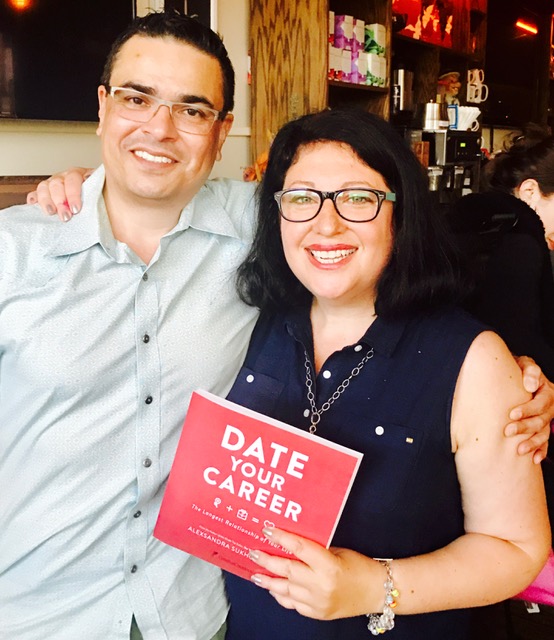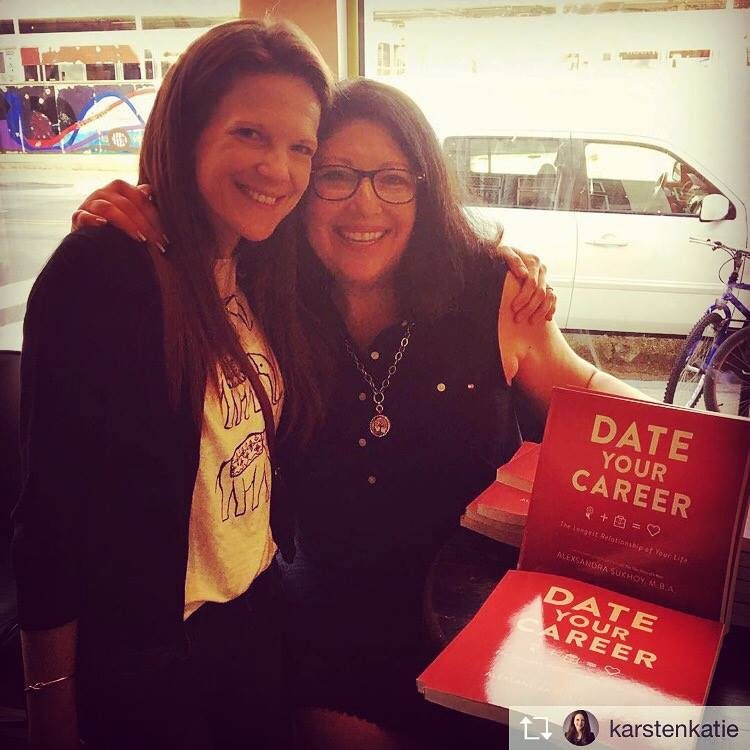- Begin Your Growth Plan Today!
- (216) 410-3825
- info@creativecadence.com
30 x 30 Writing Seminar
 30 Days, 30 Minutes to your Great American Novel or Screenplay.
30 Days, 30 Minutes to your Great American Novel or Screenplay.
© Creative Cadence LLC. 2009.
D1: What is your story’s theme, the underlying thread that holds it together? Love wins? Crime pays? Family destructs?
D2: Who is the main character? Age? Education? Siblings? Geography? Profession? Passions? Single? Family? Know her.
D3: What is your main character after? A woman? A man? Money? Job? Power? Truth? Know exactly what he wants.
D4: Who spends time with your main character? Best friend? Coworker? Someone else has to care about her so that we do.
D5: What’s your story’s setting? Where? When? How does the setting anchor the storyline & the characters?
D6: How does your story end? Does main character get what he wants? What does he give up to have it? Know this now.
D7: What is your Plot Point 1 – the irreversible incident that propels your main character into the real story?
D8: What obstacles prevent your main character from getting what she wants most? What are her reactions to them?
D9: Take stock of story: Location? Main character? Desire? Plot Point 1? Obstacle? Friend? Ending? Review your work.
D10: Develop Act 2 – connect your Plot Point 1 to Plot Point 2.
D11: Build your ending for Act 3. Draft Plot Point 2 to connect seamlessly.
D12: Does Act 3 balance Act 1? Was every reveal of Act 3 introduced in Act 1? For every Act 1 intro, is there an Act 3 payoff?
D13: You’re a 1/3 of the way down. How do you feel about your story? Have we seen it before? How is yours different?
D14: Time to write your scenes, per Act. Start with Act 1: have ~ 13 scenes. 1 – 2 sentences per scene. No dialogue.
D15: Act 2: have ~ 26 scenes, 13 for 1st 1/2, 13 for 2nd 1/2. Again, 1 – 2 sentences per scene, no dialogue.
D16: Act 3: Your last 13 story scenes: ending doesn’t have to be “happily ever after.” Does have to payoff Acts 1 & 2.
D17: If writing a script, decide what actors will deliver on your craft. Print out their photos & attach character names.
D18: You have your characters, scenes, plot points & resolution. Now the fun begins. Write the 1st 3 story pages.
D19: Read first pages out loud. How do they sound? Is the dialogue real? If inspired, write the next 3. If not, time to fix.
D20: Write the next 3 pages of your story. This time, don’t self edit. Just write, write more and keep writing.
D21: Keep writing the story, crafting the plot, developing the characters and bridging the resolution. Feel it.
D22: Are your characters distinct? Or does everyone have the same voice?
D23: Assign dialogue to various friends and have a reading. Do people want to read your pages?
D24: You’ve been writing & writing. Now. Step away from the canvas. Look @ it w/fresh eyes. Do you love it?
D25: Time to find a good editor. Your truth zone. Keeping your heart in mind. Find a professional.
D26: Write a logline for your book or script – 1 sentence stating the original plot that will intrigue & entice others.
D27: For inspiration, look at actor/character board and download story soundtrack. Fuel the senses.
D28: Keep writing. Write every day. Write something. Just write.
D29: You’ve breathed life into to your Great American Novel/Script. Will you nurture it into adulthood?
D30: Congratulations! You have the ingredients of a great story. You’re on your way. Welcome aboard the writer’s train.






